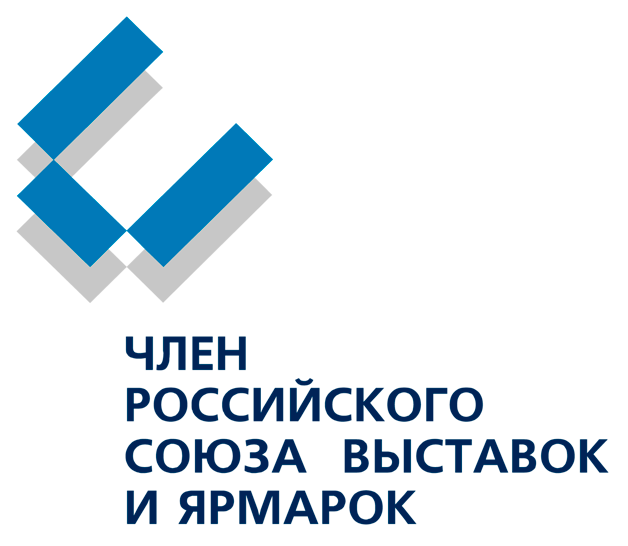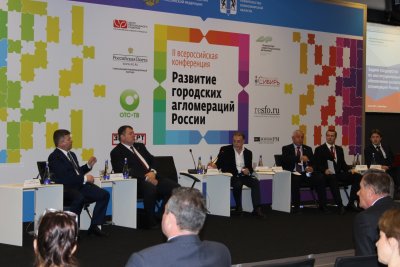The Second All-Russian Conference “Development of Agglomerations in Russia” Started in Novosibirsk
On May 22 the Novosibirsk Expo Centre International Exhibition Complex hosted the 2nd All-Russian Conference “Development of Agglomerations in Russia”.
The topic of developing urban agglomerations has been an important component of state policy aimed at developing cities and regions of Russia for the last few years.
It is the second time that the International Exhibition Complex becomes the expert platform for professionally discussing the process of inter-municipal interaction. In 2015 heads of the Russian Federation entities, representatives of foreign countries, as well as heads of municipalities, representatives of business structures, non-governmental organizations, scientific and expert communities came together to discuss changes achieved in the previous year, share their newly-acquired experience and, first of all, find new directions for economic development of agglomerations.
Deputy Minister of Economic Development of the Russian Federation Aleksandr V. Tsybulsky, who spoke at the plenary session “Development of Urban Agglomerations in Russia: Problems and Prospects”, gave the following definition of the word “agglomeration”:
Taking into consideration the realities of life in Russia we define ‘agglomeration’ as the whole of municipal entities, villages, city districts where several, mostly urban-type, settlements are compactly located next to each other, and these settlements comprise a complex, dynamic, developing system with intense industrial, infrastructural, social, and economic connections. Urban agglomerations in Russia have become large centres of non-oil-and-gas economic activity, powerful logistic and transport hubs, they form and basically maintain the transport network of Russia that allows creating and developing new markets of products and services. These agglomerations also serve as regional financial hubs, natural centres of scientific and innovative activities.
Important peculiarities of urban agglomerations in Russia and Siberia were pointed out by the Russian Federation Presidential Envoy in the Siberian Federal District Nikolay Y. Rogozhkin, who spoke at the opening ceremony of the conference:
Agglomerations in most countries represent a key form of accommodation. The peculiarities of Russian agglomerations lie in the fact that they serve as industrial hubs with centres located in large cities. Although, Siberian agglomerations have their own peculiarities – large distances even between municipalities included in an agglomeration. Besides, the density of population here cannot be compared to that of the European part of Russia. Agglomerations are especially needed here, in Siberian conditions, as they enable effective economic compression of territories that helps concentrate key industrial, educational, and cultural objects right at the centre of agglomerations.
The Governor of the Novosibirsk Region Vladimir F. Gorodetsky told the participants of the conference about the Novosibirsk agglomeration and the principles of its formation:
One of key principles of forming the Novosibirsk agglomeration is that agglomeration formation must occur in a natural way, not an artificial one, for the sake of fashion or novelty. Our agglomeration consists of 12 municipal entities with a large city at its centre – the City of Novosibirsk, which has exhausted all possibilities for further territorial development, but we still have the resource of suburban areas, and the main question we are trying to find the answer to is how do we include this resource in the agglomeration and coordinate it correctly?
It is important to note that the conference was also accompanied by signing the agreement on the creation and joint development of the Novosibirsk agglomeration and the agreement on informational cooperation between the Government of the Novosibirsk Region and local authorities of municipal entities in the sphere of urban development activities.
Back









